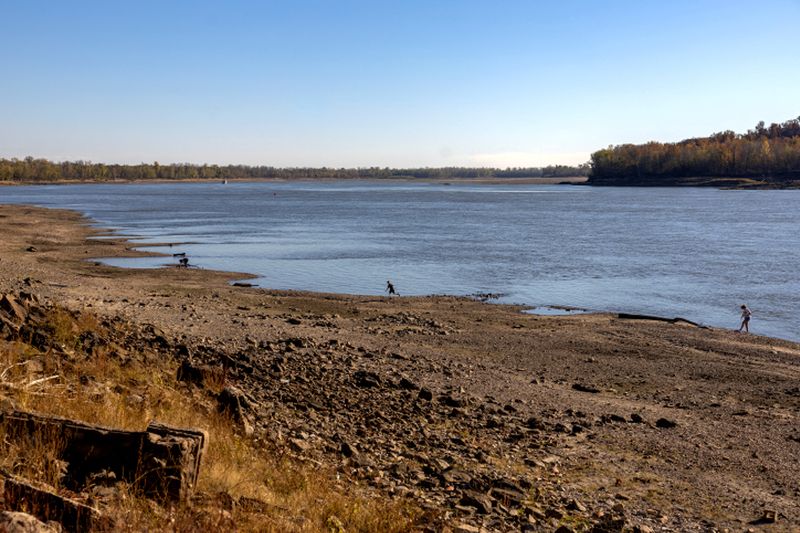By Karl Plume
CHICAGO (Reuters) - Low water levels on the lower Mississippi River are likely to persist through at least January despite expected above-normal precipitation across the southern United States this winter, forecasters with the National Oceanic Atmospheric Administration (NOAA) said on Thursday.
The severe to exceptional drought choking the lower Mississippi River valley is expected to improve this winter as the El Nino weather pattern brings better rains to the region, NOAA said in its U.S. winter weather outlook.
But lingering drought in the upper Midwest and forecasts for normal to below-normal precipitation across basins that supply tributaries like the Illinois and Ohio rivers could slow the Mississippi River's recovery.
Low water has slowed export-bound barge shipments of grain from the Midwest farm belt for a second straight year during the busy fall harvest season, making U.S. exports of corn and soybeans less competitive in the world market.
"We are expecting improving drought conditions for the lower to middle Mississippi Valley during the next few months. But for the hydrological impacts such as low river levels and low ground water levels, that will be a little slower to recover," said Brad Pugh, operational drought lead with NOAA's Climate Prediction Center.
"The hydrological impacts could linger beyond the end of January," he said.
The Mississippi River fell to an all-time low on Monday at the Memphis, Tennessee, river gauge, eclipsing the previous low water record set nearly a year ago, according to National Weather Service data.

Shallow river conditions prompted barge shippers to restrict the amount of grain they haul to avoid getting stuck in the drought-parched waterway.
Still, areas of the lower Mississippi River have been closed to navigation at times over the past several weeks following vessel groundings or as U.S. Army Corps of Engineers crews dredged low spots to deepen the channel.